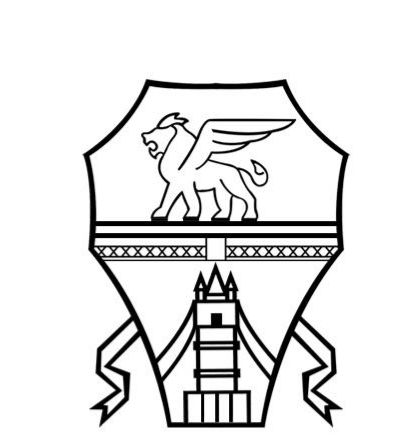The loading speed affects the user experience and, according to recent statistics, 40% of visitors leave a site that takes more than 3 seconds to load .
Optimizing images is one of the methods to improve the loading speed of your site’s pages but, if you want to know other methods to increase the speed.
When done correctly, image optimization helps to reduce the size as much as possible without sacrificing quality. According to HTTP Archive 2020, images currently make up around 47% of a web page’s total weight.
A fast site is more likely to be well positioned in terms of SEO therefore optimizing images is a fundamental step for a successful site: in the long run, the images uploaded will be more and more and, if they are not optimized correctly, they will weigh down the your site affecting the loading speed.
How to optimize images in WordPress
The optimization can be done manually or through an optimization plugin: the first method allows you to be more independent, the second saves a lot of time while obtaining an excellent result.
Manual image optimization
Among the possible techniques to manually optimize an image we find:
- Convert the image to the most suitable format, in particular:
- JPEG: Uses lossy and lossless optimization and manages to balance quality and size well.
- PNG: A lossless format, the images are of higher quality but, of course, also have a larger size.
- Identify the maximum image size on your site: this will save you from creating larger images and you will be able to resize the image based on what is defined.
- Compress the file to take up less space using the Compress JPEG tool .
Do you prefer to speed up your work? Use an image optimization plugin that does the job for you.
Image optimization with a plugin
In order not to perform all the work manually, you can rely on a WordPress plugin that will automatically optimize the images, both those already uploaded and those in the upload phase.
Our advice is to resize the image with an editing tool and only then load it using an optimization plugin to further reduce the size. This is to avoid uploading images larger than 2MB in the WordPress library which could quickly run out of disk space.
To optimize images on WordPress you can use plugins such as:
- Imagify Image Optimizer
- Optimole
- EWWW Image Optimizer Cloud
- ShortPixel Image Optimizer
- WP Smush
Best practices for optimizing images
Here are some best practices that can come in handy when optimizing your images:
- Choose a plugin that compresses and optimizes images externally on the server, so as to reduce the load on the site.
- Use lossy compression whenever possible.
- Use a CDN to further speed up your site and image loading.
- Toggle PNG and JPG formats with SVG vector images.
- Resize images based on display size.
- Remove unnecessary metadata from images.
- Evaluate lazy loading, which is the delayed loading of images with the aim of speeding up the first rendering of the page.
Optimizing images helps you speed up the performance of your website, favoring both visitors and user experience and search engines.




